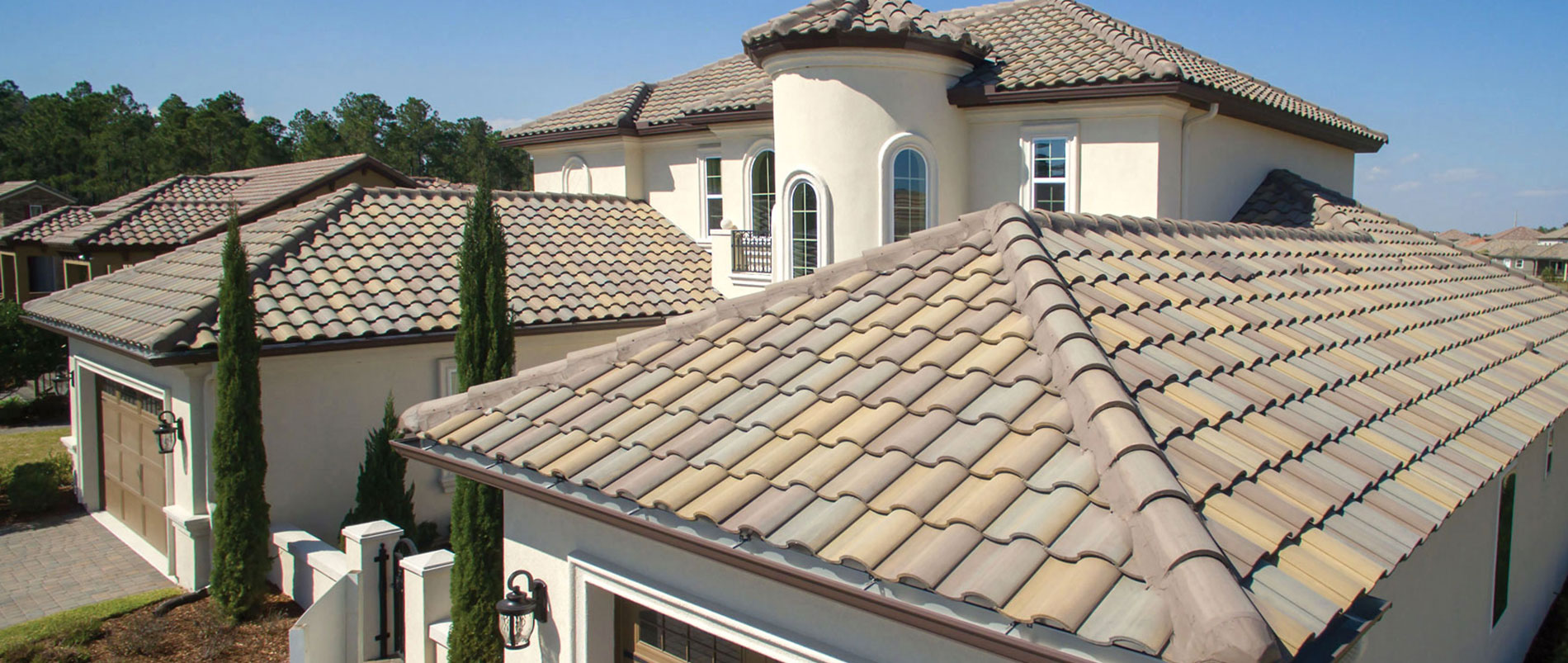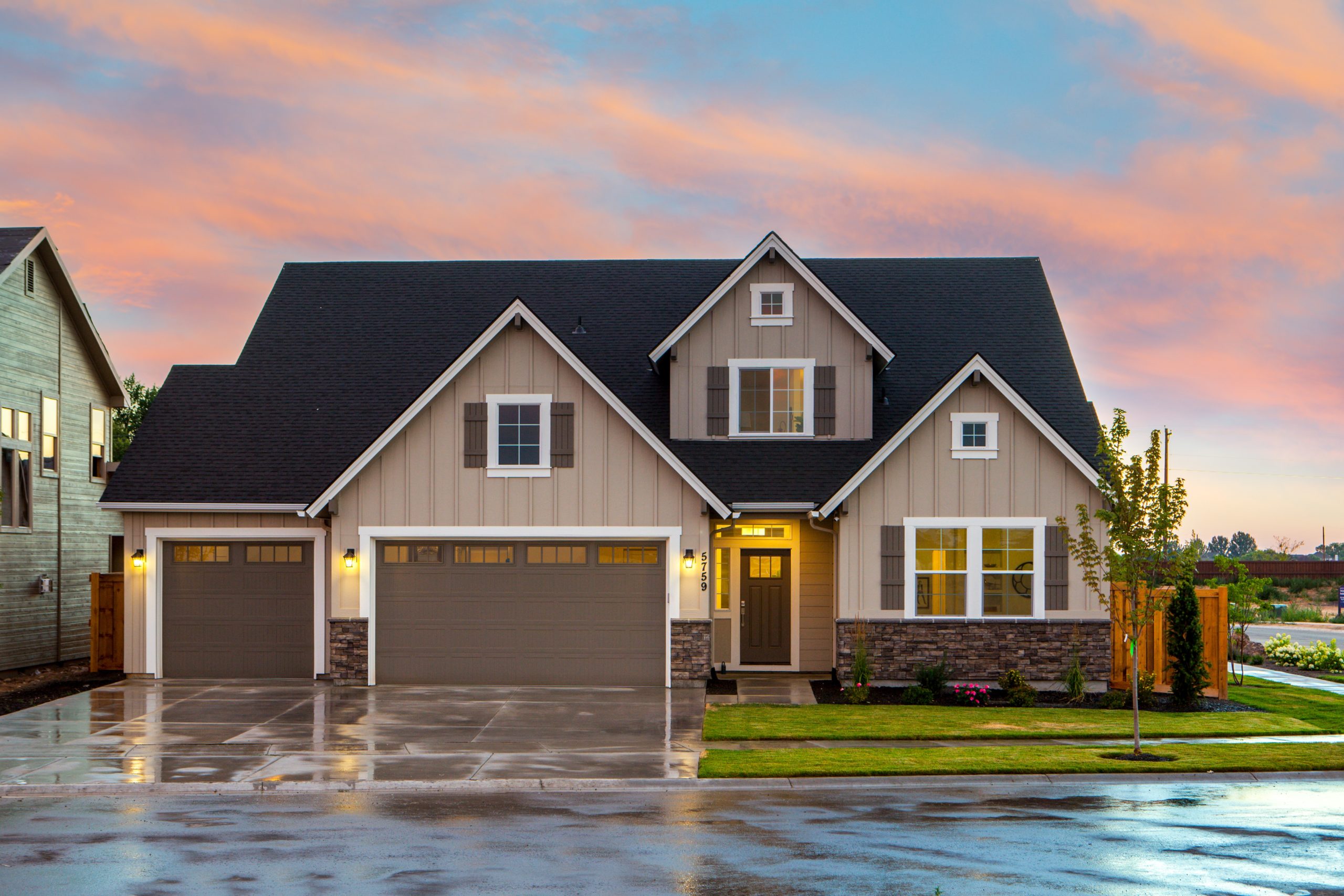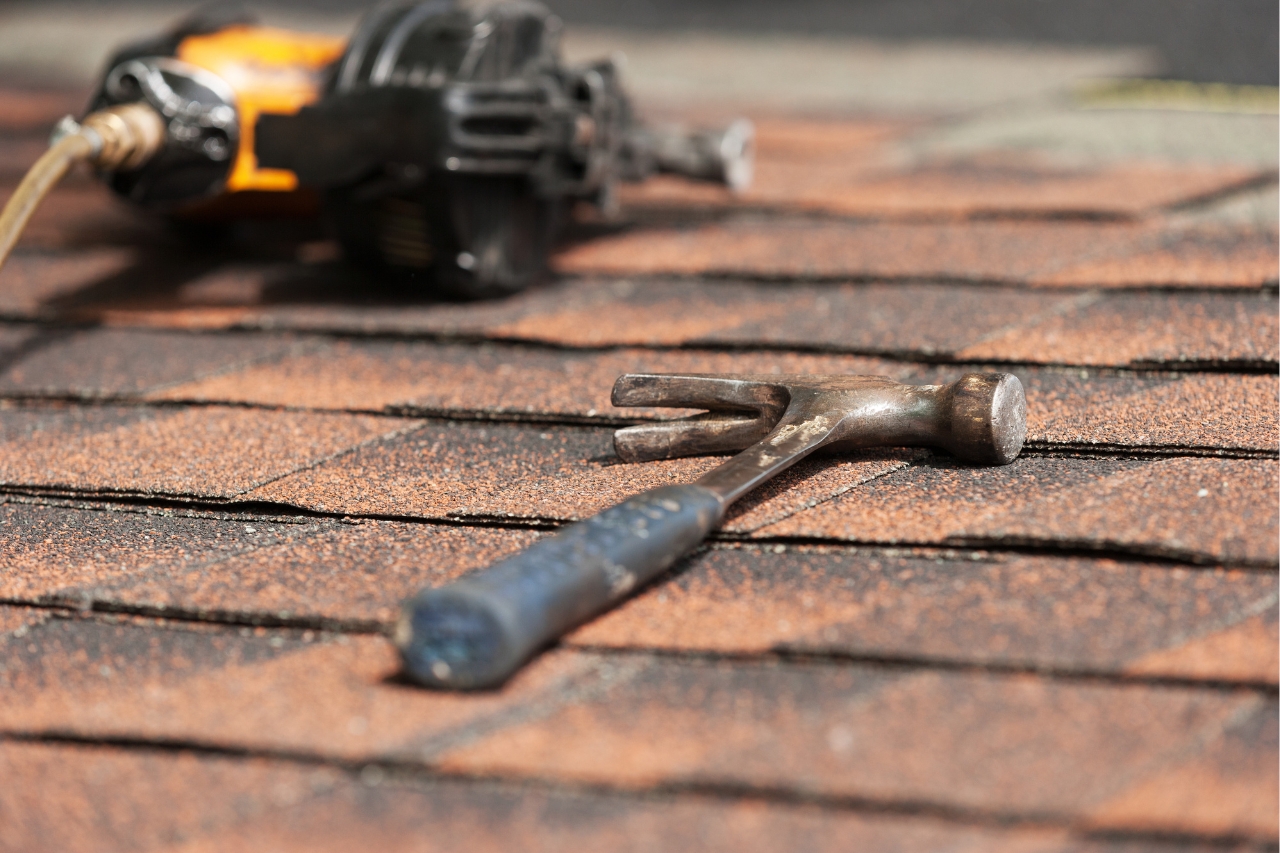What is the best season for replacement? Depending on the location, most professional roofing contractors can manage roof replacement projects during any time of the year. However, different seasons have different advantages that lead to faster installation times, lower costs, shorter waiting periods, and more. In this article, we’ll break down the pros and cons of getting full or partial roof replacement during the different seasons.
Is There a Best Season for Roof Replacement?
As the seasons change, different advantages and challenges will present themselves in regards to roof replacement. To help you determine what the best season for roof replacement is, here is a breakdown of what you can expect during different times of the year.
Roof Replacement in Winter
Although winter is the slowest season for most contractors, it is often not the most excellent time to replace your roof. There are many reasons why you should not contemplate replacing your roof in the winter. The first reason is that snow, ice, and sleet will make installing the new roofing material difficult. Even if snow and ice are not present, the cold temperatures may make it difficult for sealants to stick correctly.
While it is not difficult to replace a roof in the winter, it may not be the best season for roof replacement. It is preferable to leave the season for emergency roofing work. However, a benefit of installing a roof during the winter is that it’s a slow season for most contractors; thus, they may reduce installation costs and have more availability.
Roof Replacement in Summer
Roof replacement may be reasonably successful this season if you plan the work correctly. Although the middle and end of summer are often too hot and humid for roof replacement construction, the beginning of summer is outstanding. However, early summer might be a popular season for roof replacement and installations, which could cause scheduling difficulties due to the high demand.
During summer, several locations tend to become very hot and humid. In these harsh circumstances, employees need additional breaks to lengthen the procedure. Moreover, shingles are not designed to cure at very high temperatures, which might reduce their durability. Extremely high temperatures may even cause shingles to melt while installing a roof.
Roof Replacement in Spring
Winter and summer’s severe temperatures are less favorable for roof replacement, but spring’s colder temperatures and lower humidity are perfect for roof replacement. Therefore, your roof replacement process may take less time. However, the roof installation and replacement during spring become busier as the temperature rises. Contractors often increase their charges.
Roof Replacement in Fall
Most roofing contractors agree that fall is the best season for roof replacement. After summer, the weather is more consistent, enabling employees to enjoy longer, productive days. In addition, this weather is optimal for shingle installation and sealing before extreme conditions during winter. Fall’s most significant disadvantage is that many individuals begin roofing installations and more rapid bookings for contractors.
Avoid Roof Replacement Delays
What is the best season for roof replacement? Regardless of the time of year, the best time to replace your roof is as soon as possible. You should never delay replacing your roof for too long or bigger complications may arise.
At Solar Optimum, we offer various roofing solution services that cater to your needs. Contact us for more information, and we will make your time worthwhile.






